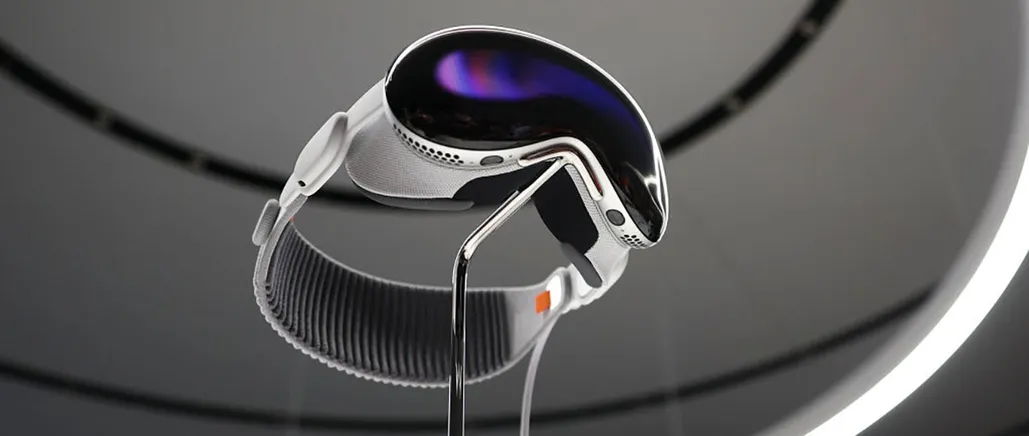Apple’s new virtual reality (VR) headset, the Apple Vision Pro, was finally released on February 2. After being announced in June of last year, there has been lots of anticipation and buzz for the release of the new device. The starting retail price of the new headset is a whopping $3,499 and with all the extra accessories the whole package can rise to $4,500. This price is more expensive than other competing headsets such as Meta’s Quest 3 and the Quest Pro, both of which are under $1000.
When asked about the Apple Vision Pro in an interview with “Vanity Fair,” Apple’s CEO Tim Cook said he thinks that it could become a major product down the road. He is also trying to get others to use the headset themselves.
“There are huge differences in how people look at it, depending on if they’ve read about it or actually tried it,” Cook explained. “I believe even more about how profound spatial computing is. When you’ve tried it, it’s an ‘aha moment,’ and you only have a few of those in a lifetime.”
While other headsets utilize virtual reality, the new Apple headsets use augmented reality which brings virtual elements into the real world. This allows users to see and process everything around them as they normally would but with digital images in their field of view. A key component is two 1.25-inch Sony Semiconductor displays that go in front of the user’s eyes. It is a key feature that helps the headset to feel more realistic than previous consumer headsets. The Vision Pro is the first attempt at building a computer that works in the space around you. The headset uses head and eye tracking sensors and cameras to show the virtual displays around you and by pinching your fingers you can select and manipulate the virtual windows.
David Millinor (9) thinks that the recent technology in the Vision Pro is better than previous headsets.
“I think that the Apple Vision Pro is a better version of the Meta Quest. To me augmented reality, which is what the Vision Pro uses, is better than the virtual reality of the Meta Quest,” Millinor said.
But with this innovative technology, there are some drawbacks. Some leading user complaints are the weight of the goggles, along with the prohibitive cost and inconsistent hand and eye tracking. The headset also raises concerns about eye strain and other health issues. It also raises concerns about screen time and how that will affect long-term health.
Some people think that the release of the Apple Vision Pro brings humanity closer to a “Ready Player One” society. “Ready Player One” is a book written by American author Ernest Cline about a dystopian society in which people seek to escape reality through the OASIS (Ontologically Anthropocentric Sensory Immersive Simulation), a virtual reality entertainment universe. The VR headsets in “Ready Player One” and the Apple Vision Pro are remarkably similar, so much so that the commercial for the Apple Vision Pro had a scene that was strikingly similar to a scene from the “Ready Player One” movie.
James Burton (11) is interested in the Apple Vision Pro.
“I think that how expensive it is may prevent people from buying it, but I think that it will be cool. I think that it makes people look like the characters from “Ready Player One,” which is kind of creepy. I also think that it would be good for gaming,” Burton said.









